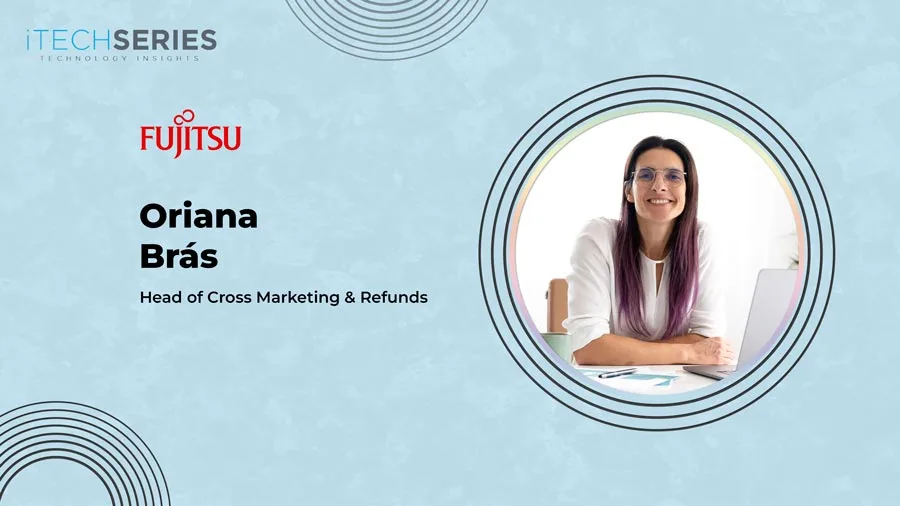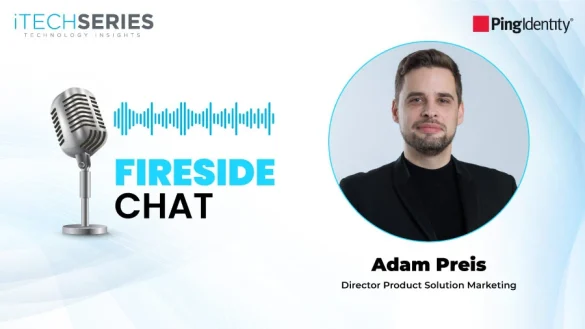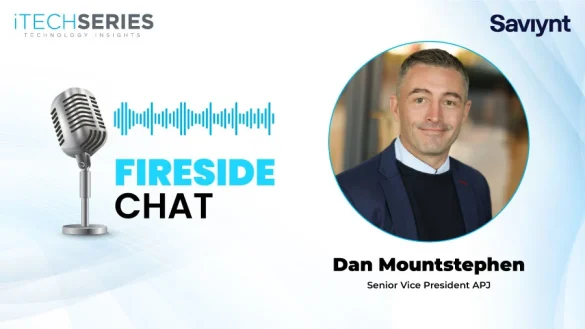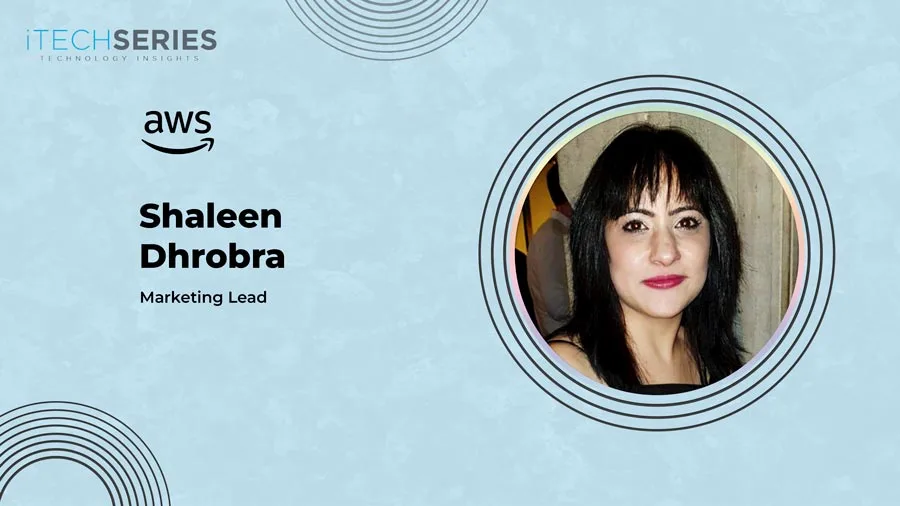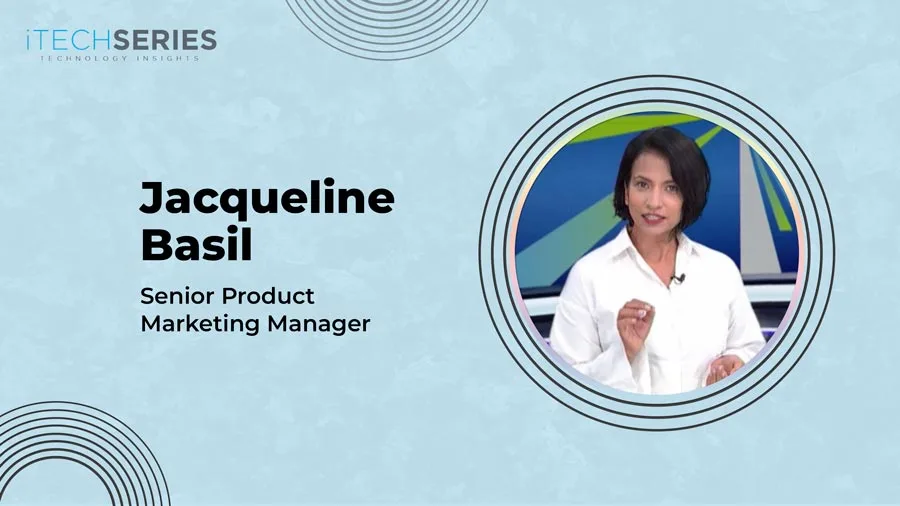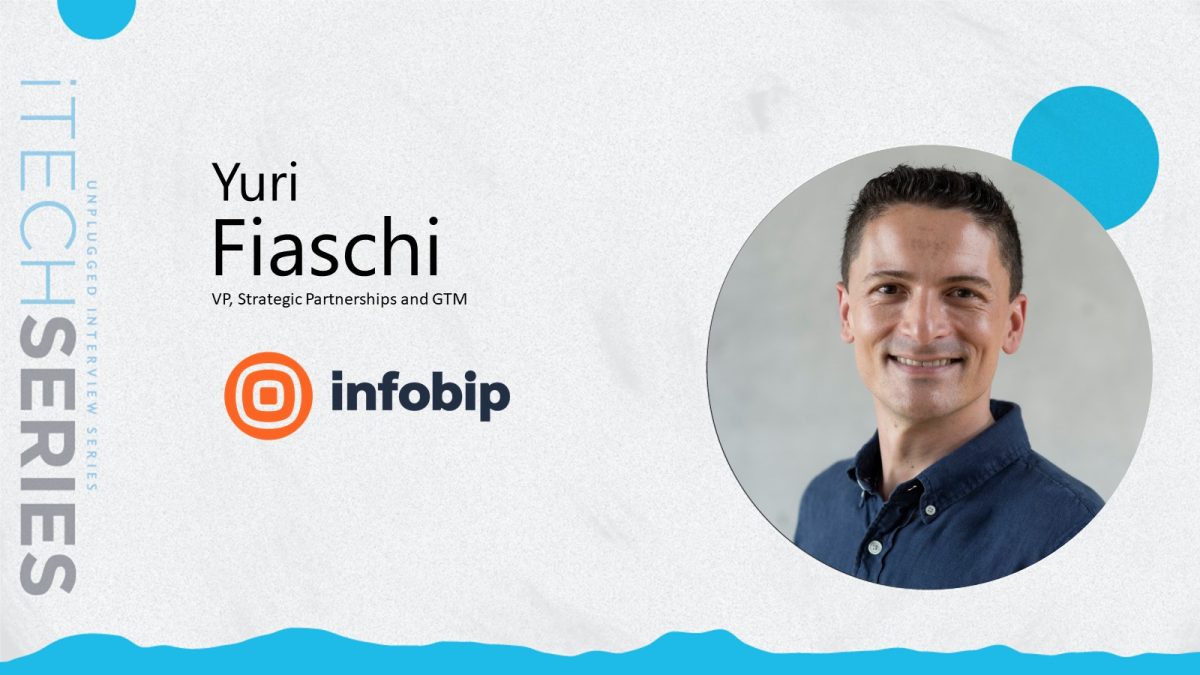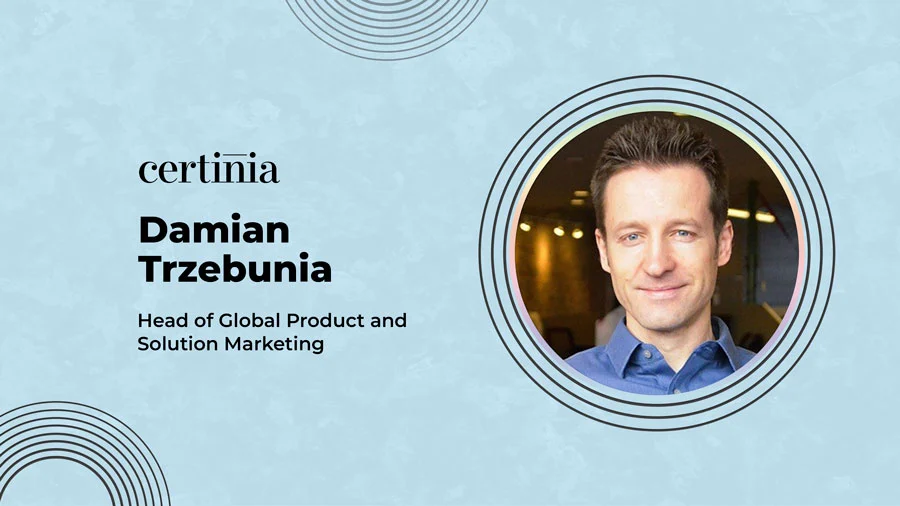Oriana Brás, Head of Cross Marketing & Refunds at Fujitsu, shares her journey from integrated campaigns and loyalty programs to large-scale rebranding and enablement initiatives. She discusses scaling global programs with local relevance, leveraging AI for future-proof strategies, driving cross-functional alignment, and positioning marketing as a growth engine that delivers measurable impact.
Welcome to the interview series, Oriana. Tell us about your journey as a marketer.
My journey as a marketer has always been about connecting strategy with execution and making growth tangible. I started at Intel and later on at ASUS, in roles that combined creativity with structure-managing integrated campaigns, loyalty programs, and content that drove engagement across different audiences. Over time, I joined Fujitsu and expanded into leading large-scale enablement initiatives, including partner programs and rebranding projects (Fsas Technologies) that required cross-functional alignment and careful stakeholder management.
One of the defining aspects of my career has been working in international environments. I’ve had the chance to run marketing programs across diverse European regions, which taught me how to balance consistency in brand with local resonance. That experience gave me a real appreciation for scalability—building frameworks and processes that work across countries—while still leaving room for local adaptation.
More recently, I’ve been driving initiatives that connect marketing more directly to business transformation and improve the marketing organization to be future-proofed. That means building programs and implementing tools that create awareness and generate measurable impact across sales and customer success. What excites me most is when I can take a complex challenge—like aligning multiple stakeholders, leveraging AI, or translating a brand evolution into a clear narrative—and turn it into something actionable, engaging, and growth-oriented.
At the heart of my journey, I’d say I’ve always thrived at the intersection of creativity, data, and collaboration—making sure marketing is not just about communication but about driving real business outcomes.
You’ve worked on integrated campaigns, loyalty programs, and large-scale enablement initiatives. What makes a marketing program both scalable and personal?
What makes a marketing program both scalable and personal is striking the balance between structure and empathy. Scalability comes from having the right frameworks in place–clear processes, automation, enablement tools, and cross-functional alignment that allow a program to expand across regions, partners, or customer segments without losing efficiency.
But the personal side comes from really understanding the audience. In my experience running integrated campaigns and loyalty programs, the programs worked best when we designed them around actual human behaviors and needs, not just generic personas. That meant tailoring messaging, creating touchpoints that felt relevant, and giving local teams the flexibility to adapt content while staying within a strong brand framework.
When I worked on large-scale enablement initiatives, for example, the scalability was about ensuring consistency across all stakeholders, but the personalization came from how we empowered teams to adapt messaging in their own voice. That’s what makes people feel like the program speaks to them, not at them.
So for me, a program is scalable when it has the right backbone processes, data, and tools-and it’s personal when it allows for human connection, cultural nuance, and storytelling. It’s when you can roll something out across 10 countries, but each market still feels like it was designed with them in mind. That’s the sweet spot.
As cross-functional alignment deepens across sales, customer success, and RevOps, what new responsibilities or opportunities will emerge for marketing?
As alignment deepens across Sales, Customer Success, and RevOps, marketing is moving far beyond just generating leads. It’s becoming a true growth engine that supports the entire customer lifecycle. That means marketing will increasingly share revenue accountability-not just passing leads to sales, but co-owning pipeline health, retention, and even expansion opportunities.
At the same time, we’ll play a bigger role in orchestrating the customer journey. Instead of focusing only on awareness or acquisition, marketing is already helping to create seamless, personalized experiences that carry through onboarding, adoption, loyalty, and advocacy. This is where our creativity and data skills really combine to make an impact.
And when marketing has a 360-degree view—from brand perception to campaign analytics, customer sentiment, and market trends—we’re uniquely positioned to translate insights into strategy. By connecting what we see in the market with what Sales and CS experience on the ground, we can influence not just campaigns but also product direction and business decisions.
Looking ahead, I see AI, account-based strategies, and even community-led growth accelerating this shift. AI will give us predictive insights and personalization on a scale; ABM will make marketing more targeted and relevant; and community-driven approaches will create deeper trust and advocacy. So the real opportunity is for marketing to become the glue of the organization-blending creativity, data, and storytelling to keep the customer at the center of growth, today and in the future.
“At the heart of my journey, I’d say I’ve always thrived at the intersection of creativity, data, and collaboration—making sure marketing is not just about communication but about driving real business outcomes.”
When building marketing strategies, how do you ensure they are both ambitious and realistic enough to drive results?
I like to start by setting a “North Star”-the ambitious vision of what we want to achieve, whether that’s growth targets, customer engagement goals, or transformation outcomes. Then I anchor it in data: past performance, resource availability, and market context.
I’ve learned that ambition without realism can demotivate teams, but too much caution can limit impact. So I break big objectives into achievable phases—building momentum with quick wins while keeping the long-term vision intact. For example, during large-scale rebranding initiatives, the ambitious goal was to create a unified new identity across Europe. To make it realistic, we phased it by regions and milestones, aligning stakeholders along the way and celebrating progress at each step.
That balance keeps strategies inspiring but also actionable enough to deliver measurable results.
How have AI-powered tools reshaped the way you plan, execute, and scale marketing campaigns?
AI has been a real game-changer in my work. On the planning side, it supports analysis and gives us predictive insights into customer behavior and campaign performance, which helps us make smarter decisions. In execution, it accelerates content creation, personalization, and even localization, allowing us to roll out campaigns faster and more efficiently across multiple markets.
But what I find most valuable is how AI frees up human creativity. Instead of spending time on repetitive or manual tasks, I can focus on strategy, storytelling, and stakeholder engagement—the things that truly need a human touch. For instance, when designing enablement content for different European regions, AI helped with rapid translation and adaptation, even with the creation of the main message, but always allowing the marketer to focus on personalizing the narrative and making sure it’s inspiring and aligned with the brand.
So AI hasn’t replaced the marketer. It has amplified us, giving us more bandwidth to be strategic and innovative.
Can you tell us about your most challenging yet memorable marketing campaign experience?
One of the most challenging yet memorable experiences was to be a part of the leadership team of a large-scale rebranding and onboarding partner enablement initiative. Both projects involved coordinating across multiple regions, managing compliance with partner requirements, and aligning diverse stakeholders-all under very tight deadlines.
For the rebranding project, it was challenging because it wasn’t just about the creative execution-it was about change management. People needed to feel confident in the new identity and supported through the transition. We solved this by combining strong project management frameworks with open communication and training, so everyone felt part of the journey and a real branding champion!
On the partner enablement initiative for onboarding, the reason it stands out as memorable is that it went beyond just delivering a campaign. It automated all the onboarding processes for new partners, building trust, strengthening partner relationships, and creating a real sense of shared achievement. That experience reinforced for me that the most successful campaigns are not just about marketing outputs but about the collaboration and trust you build along the way.
When managing marketing programs in diverse regions, how do you ensure strategies resonate locally without compromising brand consistency?
I believe in a ‘global backbone, local heartbeat’ approach. The backbone is the set of brand guidelines, messaging pillars, and assets that ensure consistency. But the heartbeat comes from empowering local teams to adapt those elements with cultural nuance and relevance.
For example, in European loyalty and enablement programs I’ve worked on, we kept the central structure—the cadence, reporting, and branding—the same across markets. But we allowed local teams to adapt the messaging and channels to make sure it felt authentic to their audiences.
To make this work, I always build in feedback loops—checking in with local teams early in the process, not just after launch. That way, the program isn’t just rolled out to them; it’s built with them. That’s how you achieve both resonance and consistency.
What guidance would you give aspiring marketers to stay relevant and be effective in today’s fast-changing digital landscape?
My advice would be to stay curious and adaptable. The tools and platforms will keep changing, but the fundamentals of storytelling and customer understanding remain the same.
I’d also encourage aspiring marketers to build strong cross-functional relationships. Marketing doesn’t exist in isolation anymore—it thrives when connected to Sales, Customer Success, and Product. And finally, invest in data literacy. Being able to measure impact, understand analytics, and translate numbers into strategy is one of the most valuable skills in today’s landscape. Pair that with creativity, and you’ll not only stay relevant, you’ll be indispensable.
About Oriana Brás
Oriana Brás is a marketing and leadership professional passionate about helping people and businesses grow. She thrives on creating empowering environments, building trust, and turning big ideas into tangible results. Oriana excels at inspiring teams, crafting clear strategies, and fostering meaningful growth in people, projects, and organizations. Outside of work, she enjoys climbing, wakeboarding, snowboarding, and volunteering, reflecting her commitment to challenge, community, and human connection.

